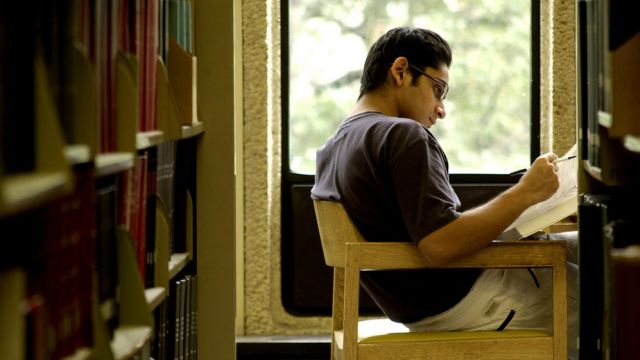When you have to study a lot, your focus can waver. In such cases, the kind of studying you do can have a big effect on how much you learn. Scott H Young, author of Learn More Study Less, suggests switching from passive learning to active learning tasks to make better use of shorter study hours.
Photo by Tulane Public Relations
As he notes in his blog, there’s no clear definition for what an “active learning” task is. The clearest explanation he offers is:
Self-testing is an active task. Re-reading notes is a passive one. The Feynman Technique is an active task. Skimming is a passive one. A good rule of thumb is that if there’s no point in your studying routine where you have the possibility of finding out you’re incorrect, it isn’t an active task.
Active tasks strain you more, but they also force you in a higher efficiency direction with your studying, Young says. This helps in making better use of limited time: higher focus, higher energy.
The Three-Step Strategy to Study Hard Without Burning Out [Scott H Young]

Comments